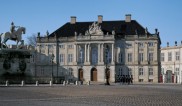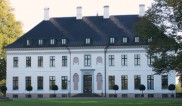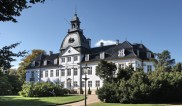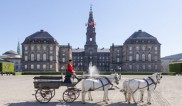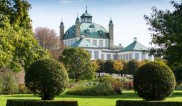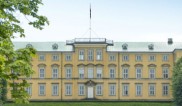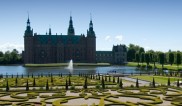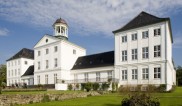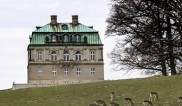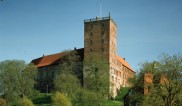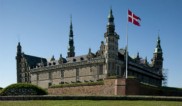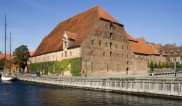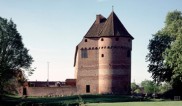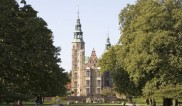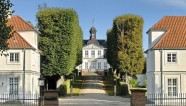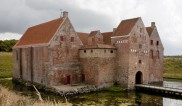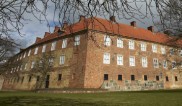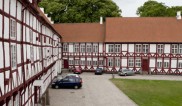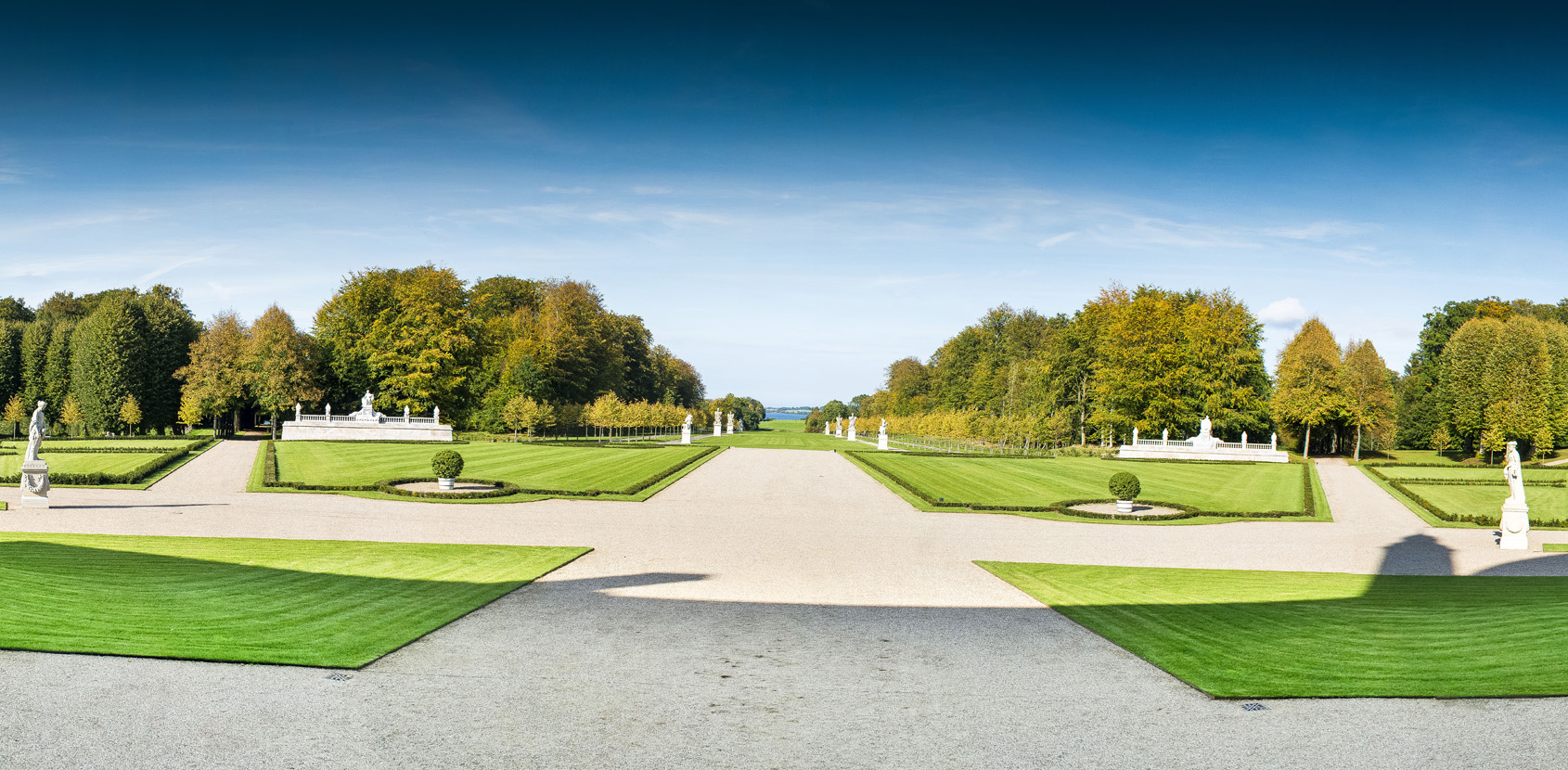
The Baroque Gardens
During the reign of Frederick V, the palace gardens enjoyed their heyday. The king had his eye on France and Louis XIV’s pompous gardens at the Versailles Palace. Frederick V also wanted to have French Baroque gardens. He hired the French landscape designer N.H. Jardin to create beautiful gardens for the palace with which to impress the world. Avenues were laid out so that they radiated like a star from the palace.
Trees were felled and the gardens’ main axis connecting the palace to Lake Esrum was made wide. There was a beautiful view from the palace's garden room, from where the king and his guests could look out over the magnificent gardens that stretched as far as the eye could see out to Lake Esrum. The large, green lawns unfolded into the landscape with sweeping, curved boxwood hedges and linden trees aligning the avenues. It was pleasing to the king’s eye and an overwhelming sight for the king's subjects to behold.
Magnificent avenues
The king, his distinguished guests and ladies in billowing dresses would walk out of the garden room and parade down the gardens’ avenues. There were no flowers, because their colours would conflict with the lavish and colourful costumes worn by the nobility. Frederick V commissioned the sculptor Johannes Wiedewelt to create eight giant sandstone sculptures for the Brede Allé: four war trophies and four abduction scenes from ancient mythology. The rest of the gardens were decorated with smaller sculptures that were arranged along the paths and on the green lawns.
Weeding women, riotous party games and champagne orgies
On the parterre in front of the castle, the king created an elaborate boxwood ornamental garden. He also erected two great national marble monuments. These were a tribute to the absolute monarch and the dual monarchy of Denmark and Norway. On each of the 20-metre long monuments sat a sculpture of a beautiful woman.
The king's soldiers were summoned to labour in the palace gardens. They would tackle the sprawling branches of the linden trees with their swords. Standing on tiptoes and on ladders, they would hack at the branches until their arms ached. A team of 60 weeding women would squat in the beds and on the lawns making sure that dandelions, goutweed and other weeds did not take root in the king’s gardens.
The gardens and the sculptures were restored in 2013, so that the landscape generally looks as it would have done when Frederick V strolled around them with his courtiers and entertained himself with frivolous party games, plays and champagne orgies.

 Dansk
Dansk
 中文
中文
